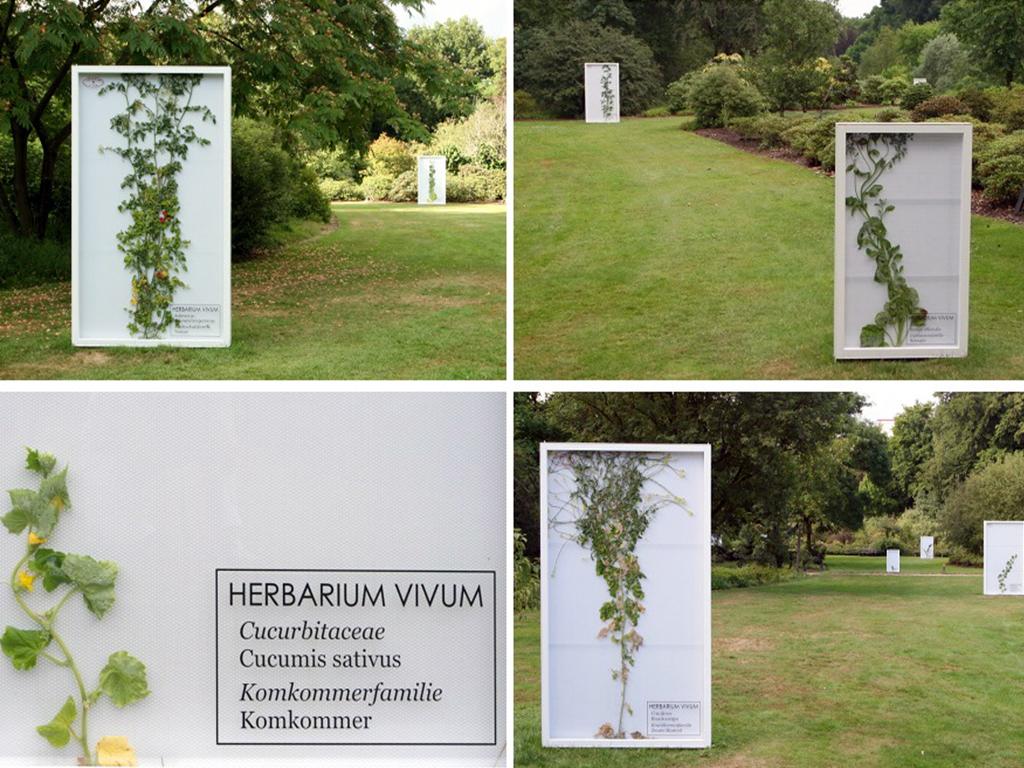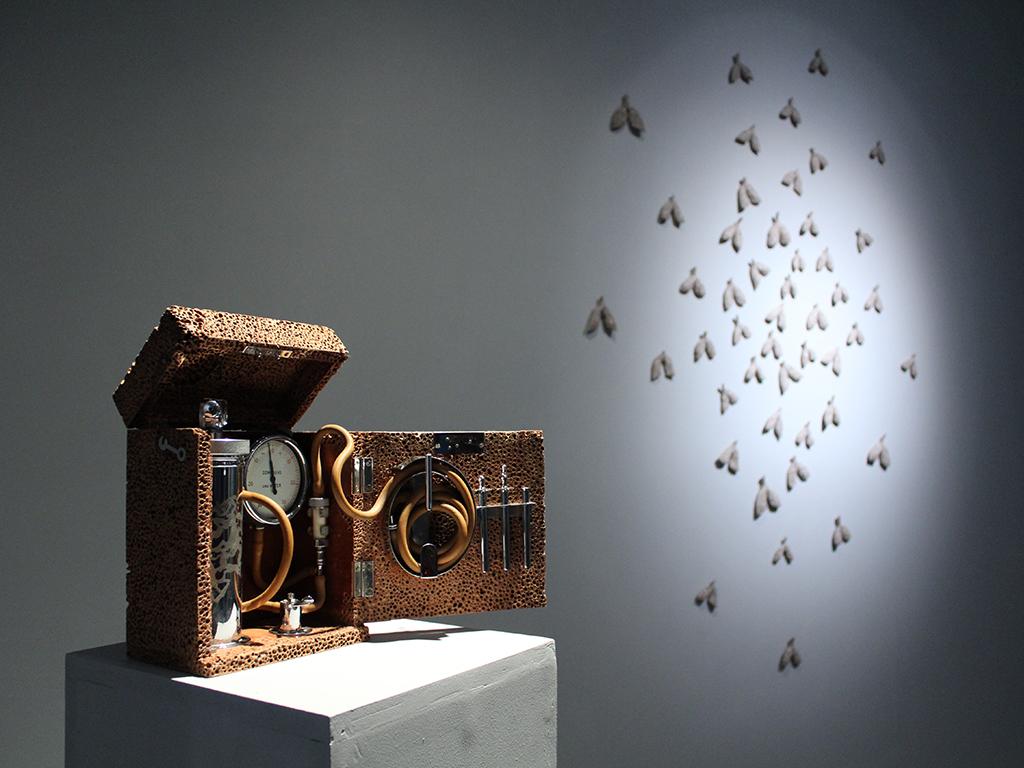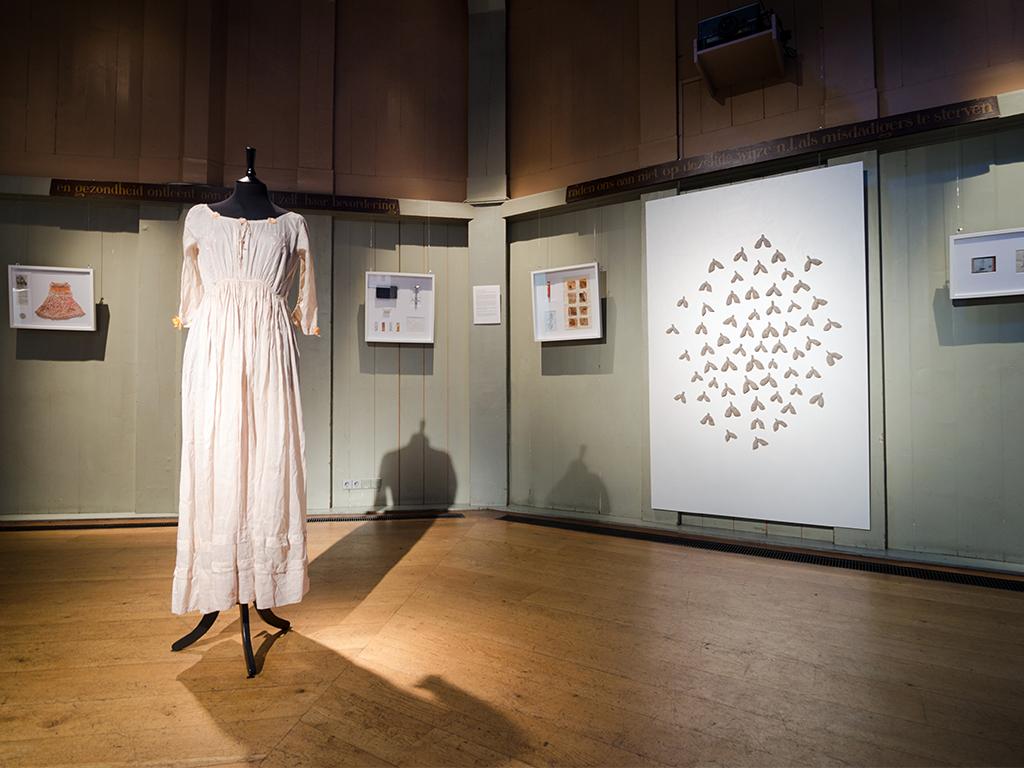I think that BioArt can be seen as the significant other of both scientists and artists. A menáge-a-trois between love for the rational and explainable, and the form and aesthetic of living organisms. Last Thursday at the event ‘(Per)Formativity of BioArt’ I witnessed first hand how these Jekyll & Hyde figures may seem odd bed-partners, but in fact create interesting discussion when they are put in the same room.
Maybe it’s just me, but when discussing the matter of living matter, the matter’s matter matters. “Ah, so you are the plant torturers”, is how the Dutch designers Erwin Driessen en Maria Verstappen were received by local visitors of the botanical garden Belmonte Arboretum in Wageningen. In their latest project Herbarium Vivum (2013), the BioArtists wanted to create a representation of plants in their natural habitat, the herbarium, by letting them grow in picture-like frames with a two centimetre space in order for the plants to grow. So, two interesting things come to the foreground here. Firstly, this type of experiment was never done before, so the research scientists at Wageningen University couldn’t say if the experiment would work. And secondly, we like to project human emotions and feelings to plants and animals.
Now a rational scientific response is to categorize animals, plants, and humans in the tree of life. And in this viewpoint, humans are at the top of the food chain. But the lecture given by Joanna Jeśman made me and the visitors think about posthumanist scholars like Donna Harraway who try to move away from viewing humans as the centre of the Universe. Let’s face it. Who hasn’t experienced feeling intensely small when the force of nature is at hand? To me, this is something that the performance of BioArt makes visible. The work of artists like Driessen en Verstappen teaches us that nature is a feedback-system, with positive and negative feedback-loops, and to return to techno-science scholar Bruno Latour, is a network of actors, both human and non-human, that influence each other.
One important question I left the Waag with that night is ‘what can science learn from BioArt’? Important scientific discoveries and research is done in closed institutions and laboratories. On the one hand BioArt is a way to rethink critically on the methods used in the life sciences, and on the other it is a creative reshaping of scientific objects, and how they can be studied.


